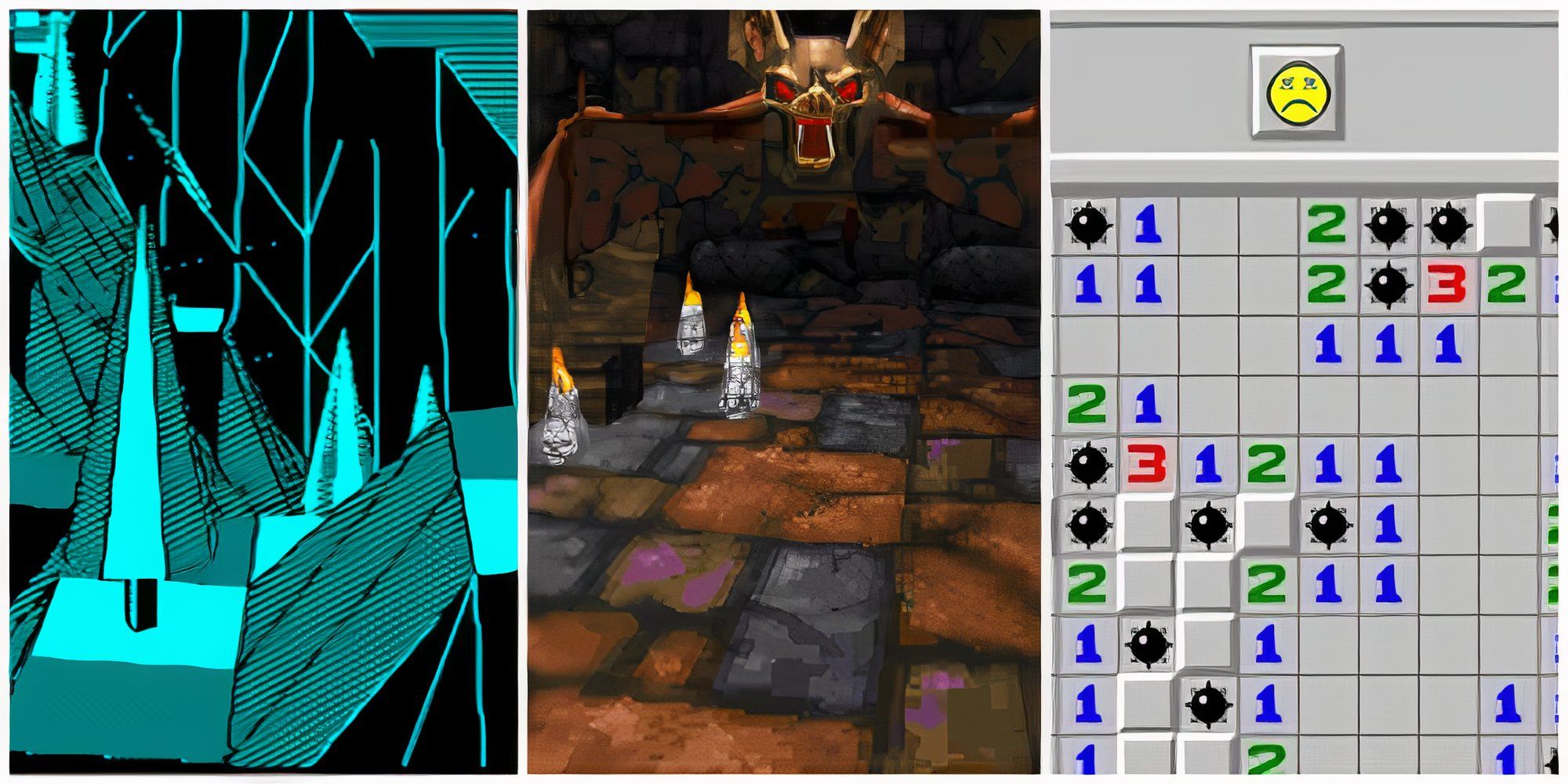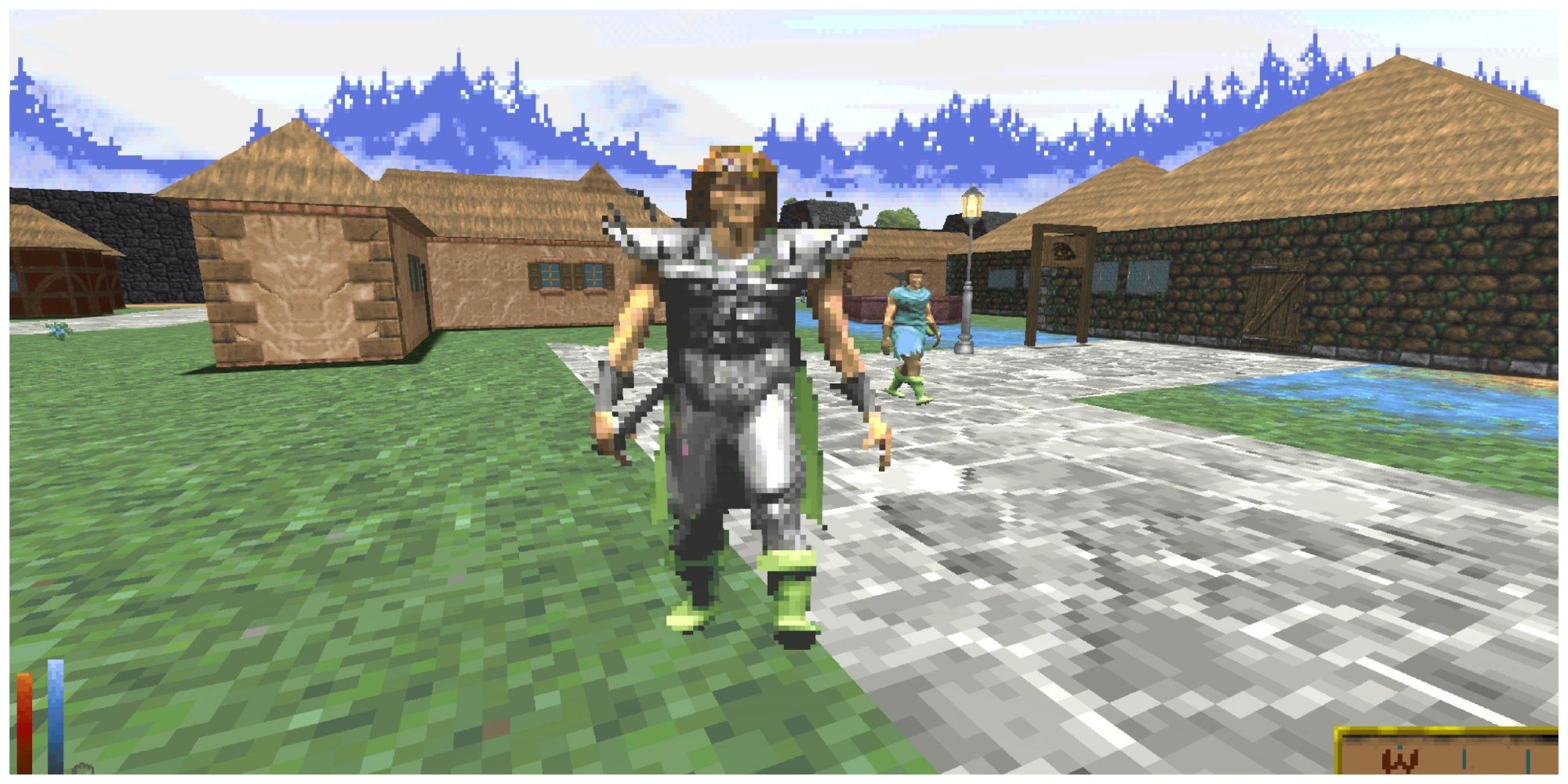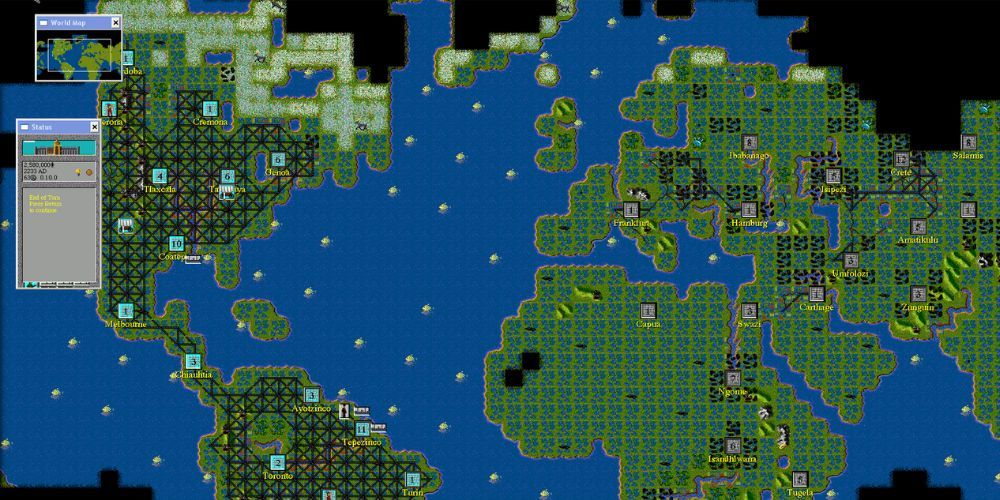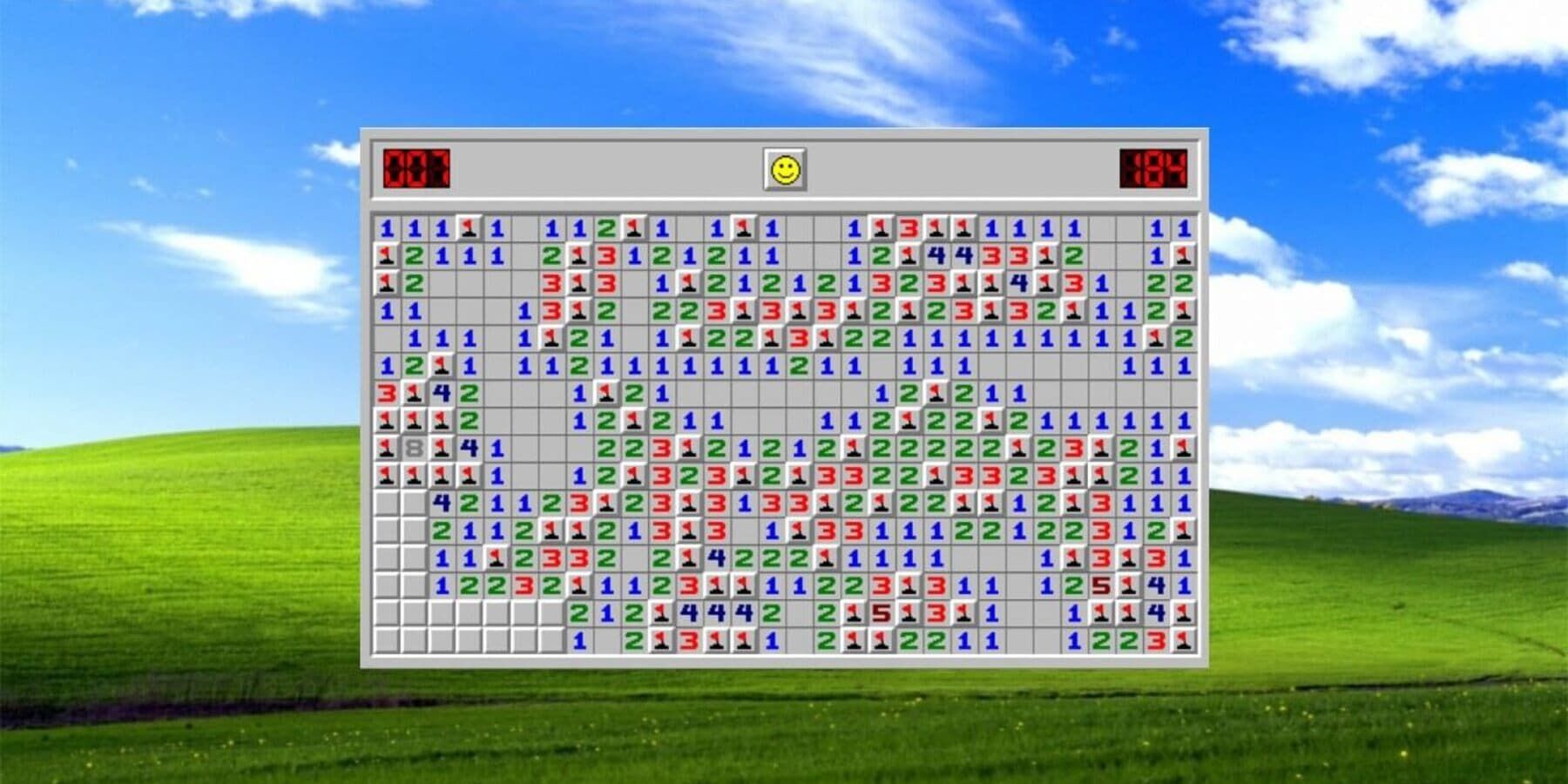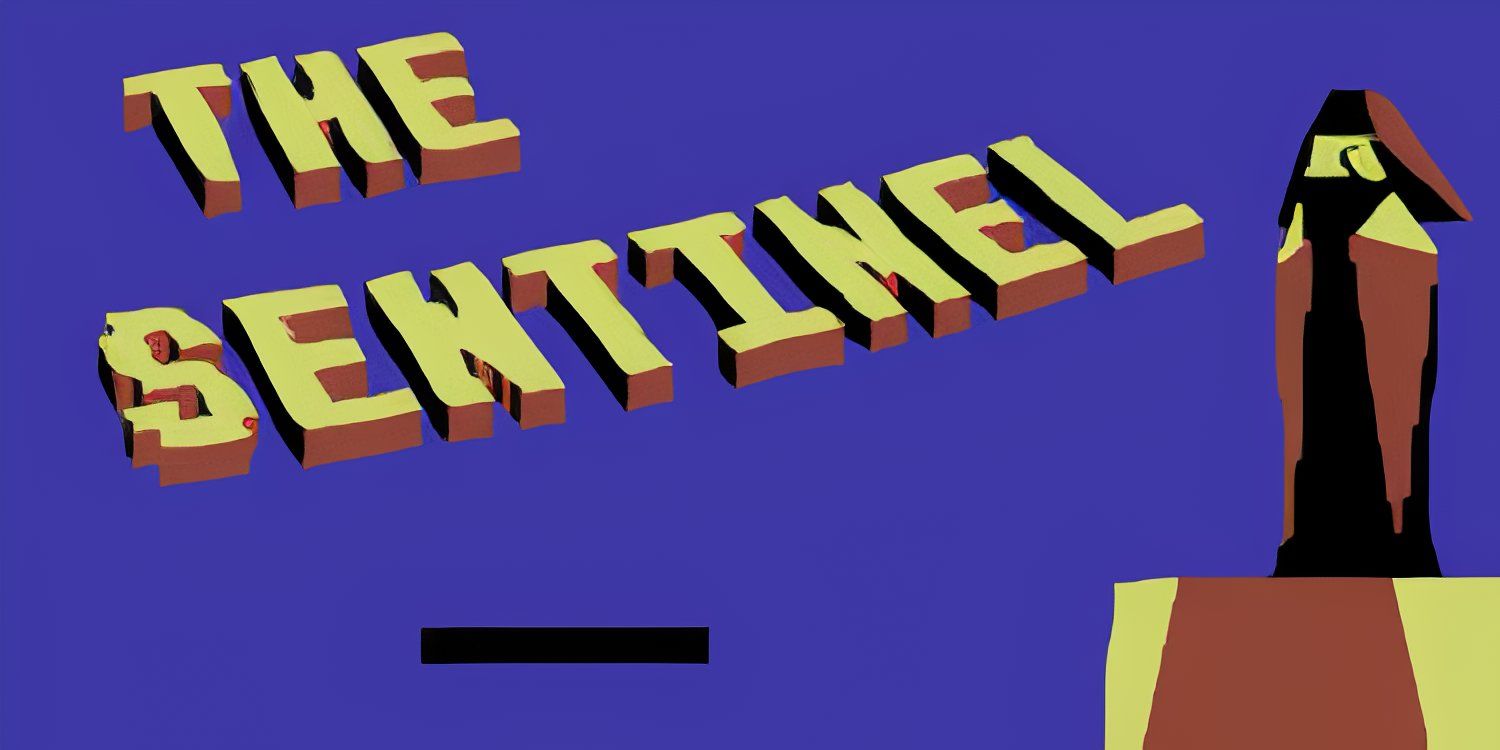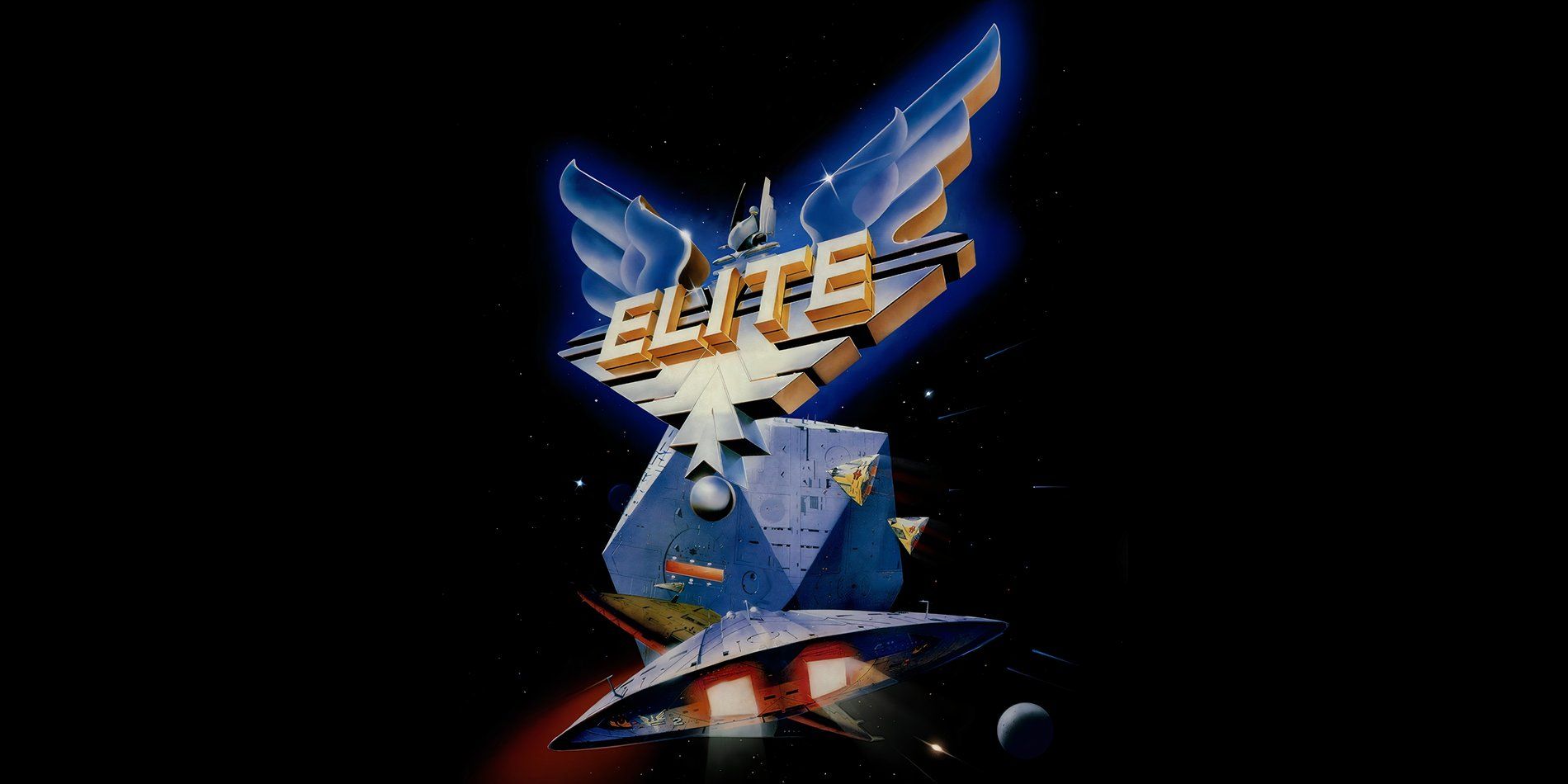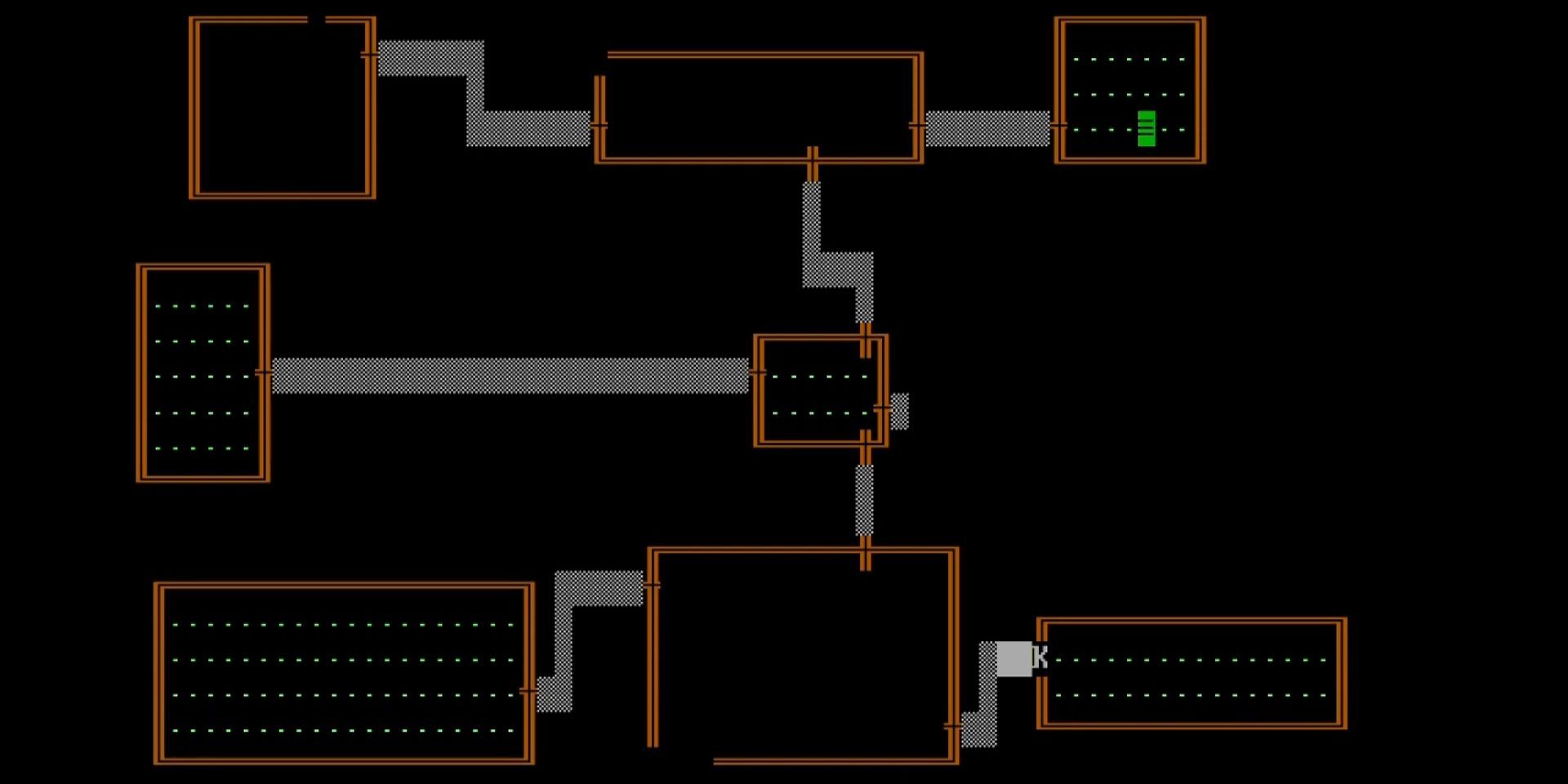Highlights
- Procedural generation has helped with creating vast game worlds as far back as the 80s.
- Notable games like The Elder Scrolls 2 and Sid Meier's Civilization used procedural generation early on to create vast worlds.
- Games like The Sentinel and Rogue pioneered using procedural generation to create unique challenges.
One of the main challenges that game developers face is making sure they can create enough content to keep their players happy about their purchases. Whether it's due to a studio's admirable ambition or a fan's overhyped expectations, video game studios have been known to fall short after being expected to provide tens (if not hundreds) of hours of entertainment and experience. Generating all the levels, enemies, or scenarios required by hand can be extremely costly, but that's where procedural generation comes in.
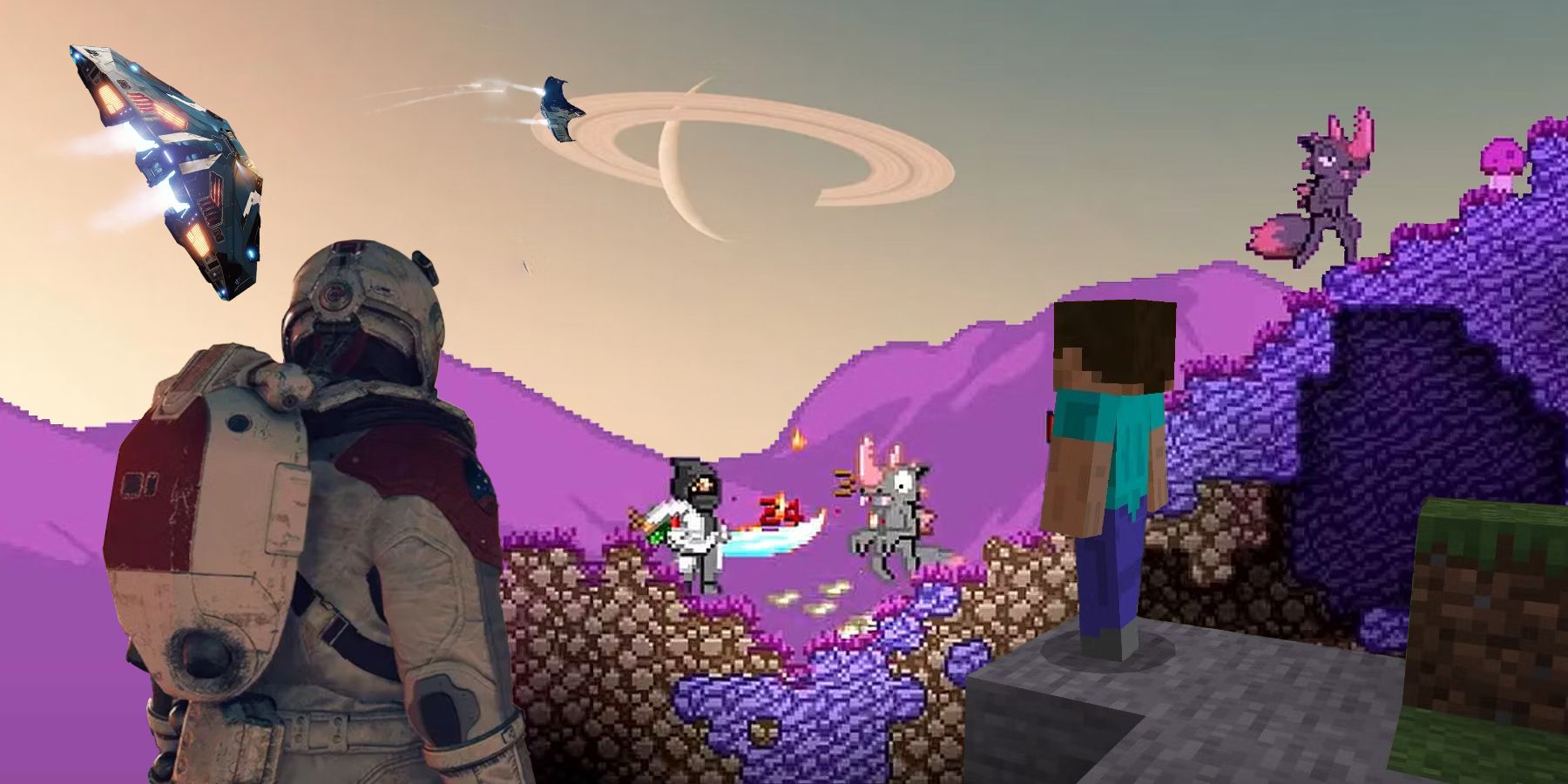
11 Open-World Games That Make Great Use Of Procedurally Generated Content
Procedurally generated worlds are incredibly impressive and offer immense replayability, and these open-world titles certainly do it best.
Procedural content generation is a technique that allows a code, algorithm, or AI to lay down a foundation for artists and developers to come in and polish up (for example, Starfield). In some cases, it can be used to create entire worlds or the gameplay itself without the need for any human intervention, as is the case for open-world sandbox games like Minecraft. While the technology has its upsides and downsides, it is still evolving, and its full potential remains to be seen. What may be surprising is how long the technology has been used in the creation of games.
The Elder Scrolls 2: Daggerfall (1996)
Crafting A Landmass The Size Of Real-Life Oregon
- Platform: PC
- Released: 1996-09-20
- Developer(s): Bethesda Softworks
- Genre(s): RPG
Creating a game world the size of the real-world United Kingdom and then populating it with enough towns, cities, and dungeons to make it a believable world space would still be an impossible task today, even for a studio with tens of thousands of employees. When Bethesda was building the lands of Hammerfell and High Rock in their 1996 fantasy life simulator, The Elder Scrolls 2: Daggerfall, they had to issue a little help from a computer. To put into perspective the size of the world they had in mind, it would take over sixty real-life hours of in-game running to cross from one corner of the enormous map to the other.
While the main quest was made by hand, the NPCs and quests are emergent and are generated by combining elements from a list or table. The overworld map and dungeons are consistent between playthroughs and between players, as the team generated the world once and then did their best to iron out any problematic areas as they saw them. Although terrain may have seen bespoke cultivation, the game is still enormous, so much so that it's possible to find some mind-bogglingly complex dungeon layouts out in the wild that the team probably would have doubtlessly cut down had they seen it.
Sid Meier's Civilization (1991)
Pioneering World Generation One Turn And One Tile At A Time
- Platform: PC
- Released: 1991-09-01
- Developer(s): MicroProse
- Genre(s): Turn-Based Strategy
As they have in real life, the founding members of a seedling civilization begin in the dark. As Civilization players watch their units explore outwards, they discover new features of their territory, and if they are able to hold this ground, these features will begin to be known as a homeland. Players aren't just dropped onto the same map but in different locations each time; each Earth-like planet generated is unique, and the number of tile combinations is nearly endless.
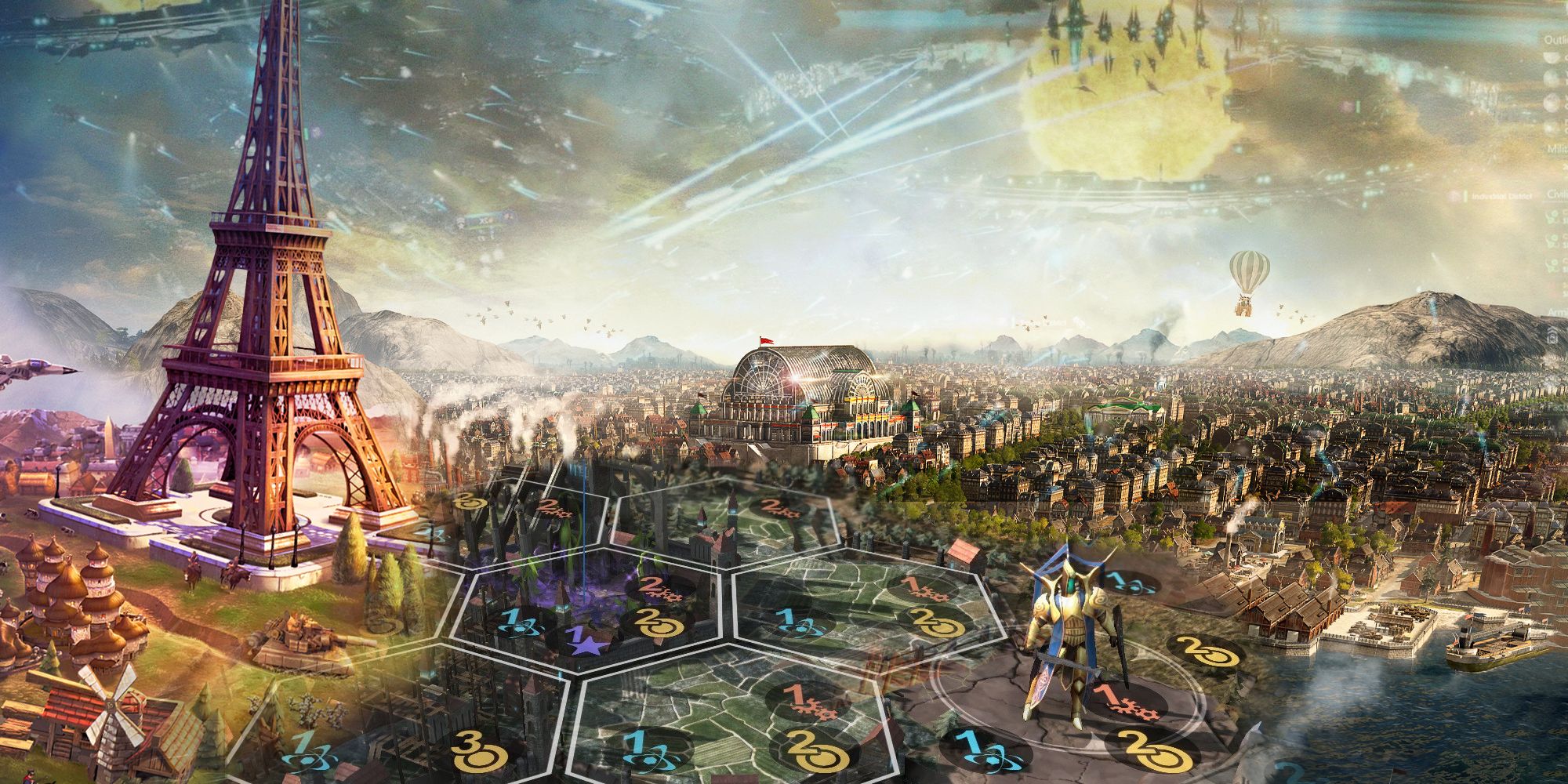
9 Best Grand Strategy Games For Building Empires From Scratch
Gamers who enjoy the sense of accomplishment that comes from forging an empire from scratch will find much to love in these grand strategy games.
Players can also use the Earth map (seen above), but part of what makes Civilization especially compelling, even on the hundredth Civ playthrough, is the possibility of stumbling upon the perfect conditions or witnessing an interesting intercultural mashup, all possible thanks to the semi-random nature of map generation. This allows players to explore new strategies and adapt to different geographic and resource conditions, offering players fresh challenges and allowing them to draw a unique and special narrative with each new campaign.
Microsoft Minesweeper (1990)
A Simple But Explosive Presentation Of Computer-Generated Randomization
- Platform: PC
- Released: 1990-08-08
- Developer(s): Curt Johnson
- Genre(s): Puzzle
While Microsoft Minesweeper may not be an example of the most sophisticated procedural generation usage, it is likely the one that the largest number of people are familiar with (at least those with a computer in the 90s). Originally created for a Microsoft game set at the start of the decade, Minesweeper was built into most Microsoft PCs by 1992. Although the graphics are simplistic, it is highly addictive. More importantly, its success would not have been possible without procedurally generated levels.
The gameplay involves clicking a square and hoping it is safe. Players are offered a number clue to the proximity of a mine and have to use that number to uncover as many other safe squares as possible without setting off a bomb. If every mine-infested map were the same on each playthrough, it would be possible to memorize the location of each bomb, and the game would quickly lose its novelty. Thankfully, Minesweeper showed off the fun possibilities of Microsoft's randomizer machine in the most elegant way that poking patches of dirt and potentially getting blown up can.
The Sentinel / The Sentry (1986)
Taking Playability To Another Level
- Platform: PC
- Released: 1986-04-01
- Developer(s): Geoff Crammond
- Genre(s): Puzzle
As one of (if not) the earliest examples of using procedural generation to create three-dimensional terrain for the benefit of a first-person perspective, this early puzzle game was a huge leap forward in video game technology. The game was released in the United States as The Sentry, but it is better known in the gaming annuls of history as The Sentinel. Players take control of a static robot in a true-3D environment, and their goal is to consume local resources, such as trees and rocks, and use that energy to create clones at higher vantage points to teleport into as they slowly make their way up.
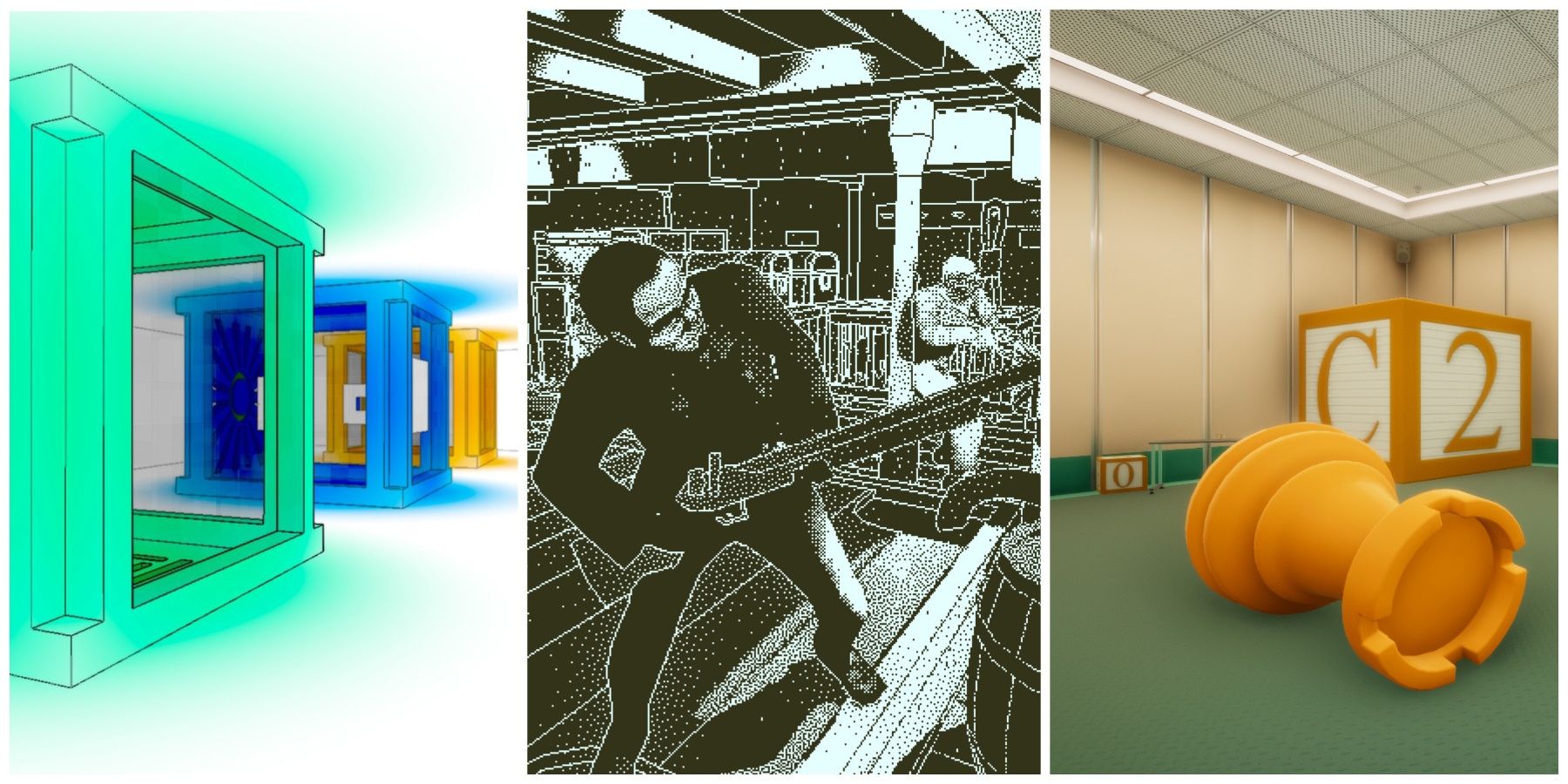
10 Best First-Person Puzzle Games
Players who enjoy solving puzzles with a first-person perspective will love these games.
When they reach the highest point on the map, they win. The terrain is procedurally generated, thanks to some clever pseudorandom number generation, and as a result, players could encounter over 10,000 unique levels, or possibly more. The creator, Geoff Crammond, never programmed a final level, making the game infinitely playable, an astounding feat at the time, especially given The Sentinel's graphical fidelity.
Elite (1984)
Galaxies Of Game In 32 Kilobytes
- Platform: PC, NES
- Released: 1984-09-20
- Developer(s): David Braben & Ian Bell
- Genre(s): Space sim
Although affordable commercial flights to space still aren't around, now, well into the 2020s, the dream of looking up and picking a point of light is still alive and well in popular consciousness. Gamers dream of being able to fly through a galaxy of stars, and in 1984, players had a chance to experience just that. Initially, the duo behind Elite planned to allow players to explore over 200 trillion procedurally generated galaxies, each with around 250 planets to find in each. However, the number of galaxies was eventually cut down to a "mere" eight.
Elite has an impressive number of simulated systems and gameplay mechanics, including combat, economics, exploration, ship upgrades, and resource management. These are made more impressive considering the game's tiny 32-kilobyte disc drive size. In its modern-day sequel, Elite: Dangerous, the galaxy's outline, including planets, moons, and other objects, is based on real-life astronomical data, but procedural generation was used to fill in any of the gaps left behind.
Rogue: Exploring the Dungeons of Doom (1980)
Generated Infinite Possibilities (And A Genre)
- Platform: PC
- Released: 1980-12-01
- Developer(s): Glenn Wichman & Michael Toy
- Genre(s): RPG, dungeon-crawler, roguelike
More gamers have probably heard of the emergent dungeon crawler genre than about the game that inspired it. At its core, Rogue does what any good roguelike aims to do today: it sends the player through several dangerous layers of monster-filled levels without the chance to reload a save in search of a prize. The difference between it and the games that came before was that no two playthroughs were the same. Players could not formulate a strategy to make each playthrough easier; instead, they had to understand its systems and recurring elements through the ASCII-rendered visuals as best they could.
Other game developers quickly saw the appeal of Rogue's randomized levels, challenging perma-death mechanics, and endless replayability. Rogue's creators held the source code close to their chests, but other developers managed to crack the formula eventually. As more games of its kind were released, such as NetHack, Moria, and Angband, fans began honoring the origins of the brilliantly conceptualized semi-random hardcore game design by naming the fledgling genre "the roguelike."
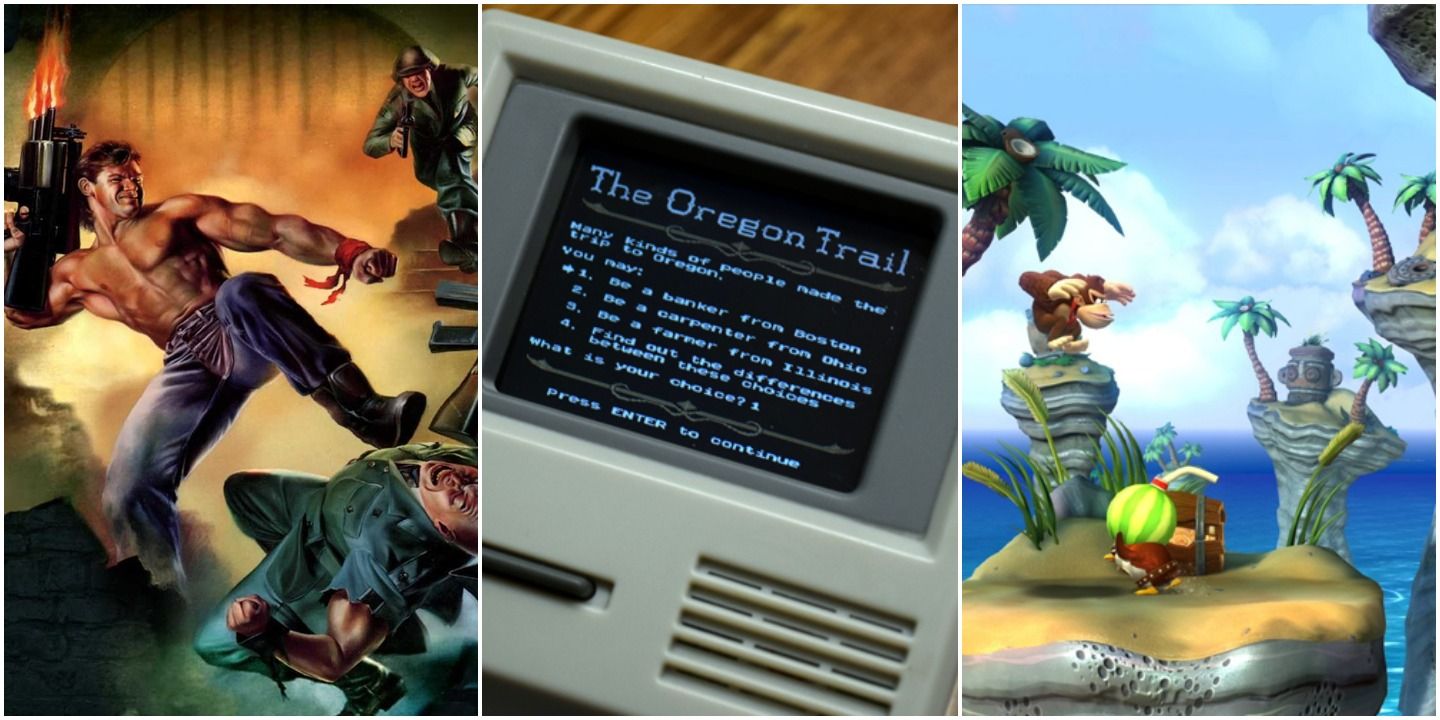
10 Longest Running Video Game Franchises (& How Many Games They've Released)
We're cataloging the longest-running video game franchises in the industry and how many games they've accrued within their respective dynasties.

